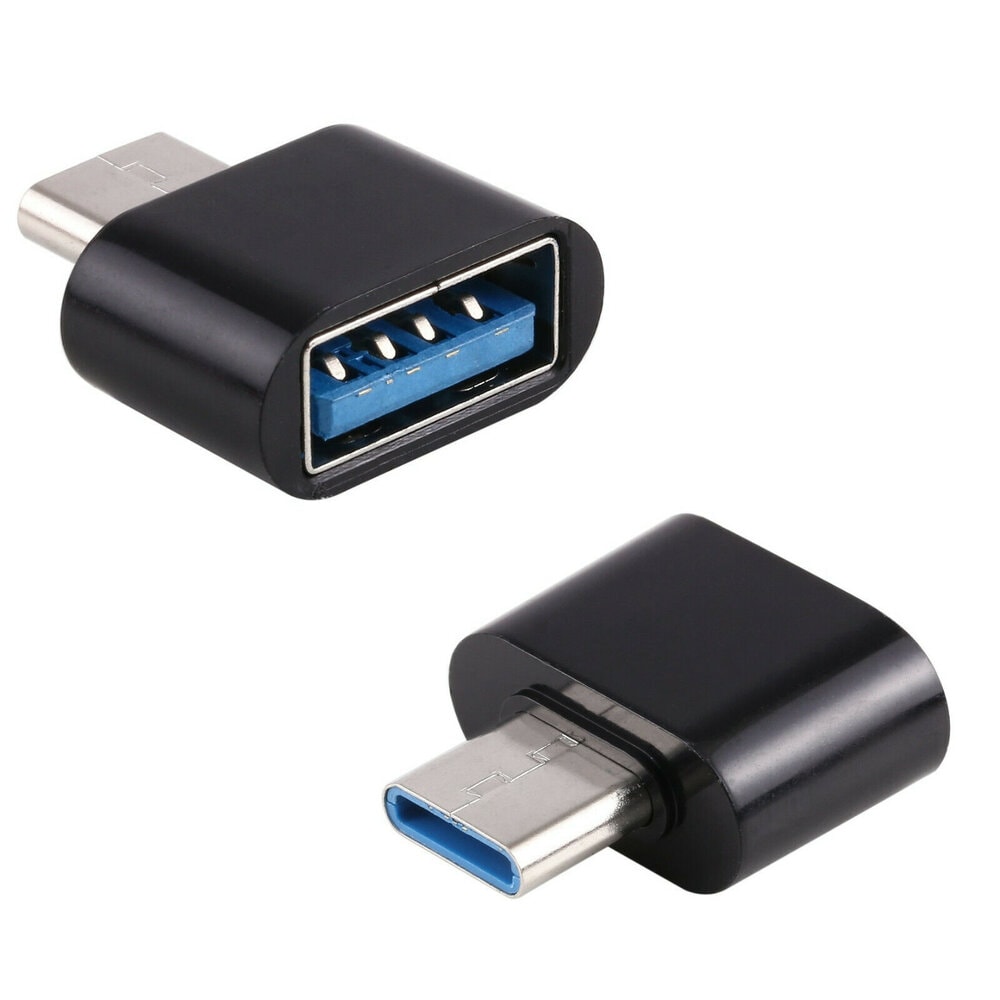On-the-go (OTG) Type-C cables and adapters have revolutionized the way we connect our smartphones, tablets, and other devices. By allowing direct connection to external devices, has expanded the functionality and versatility of these portable devices. This comprehensive guide will explore the concept of, its benefits, compatibility, and practical applications.

Understanding OTG Type-C
Refers to the capability of a Type-C USB port to connect to external devices, such as USB flash drives, keyboards, mice, and other peripherals. This feature eliminates the need for a separate hub or adapter, making it convenient and portable.
Benefits of OTG Type-C
- Portability and Convenience: allows you to carry fewer accessories, as your device can directly connect to various peripherals.
- Expanded Functionality: With you can use your smartphone or tablet as a computer, connect external storage, or control other devices.
- Versatility: is compatible with a wide range of devices, making it a versatile solution for various needs.
- Reversible Connector: The Type-C connector is reversible, eliminating the hassle of trying to insert it correctly.
Compatibility and Requirements
- Device Compatibility: Not all devices with Type-C ports support OTG. Check your device’s specifications or user manual to determine compatibility.
- OTG Support: Some devices may require additional settings or software to enable OTG functionality.
- External Device Compatibility: Ensure that the external devices you want to connect are compatible with OTG and have a Type-C or USB-A connector.
Practical Applications of OTG Type-C
- External Storage: Connect USB flash drives, external hard drives, or SD card readers to transfer files or expand storage.
- Peripherals: Use your smartphone or tablet as a computer by connecting keyboards, mice, or game controllers.
- Hubs: Connect multiple devices to your smartphone or tablet using a USB hub.
- Cameras: Transfer photos and videos from your camera directly to your device.
- Printers: Print documents directly from your smartphone or tablet.
- Audio Devices: Connect headphones, speakers, or microphones for enhanced audio experiences.
Choosing the Right OTG Type-C Accessories
When selecting accessories, consider the following factors:
- Compatibility: Ensure the accessory is compatible with your device and the specific function you need.
- Quality: Opt for high-quality accessories to ensure reliable performance and durability.
- Portability: If you frequently travel, choose compact and lightweight accessories.
- Functionality: Consider the specific features and capabilities you require from the accessory.
Troubleshooting OTG Type-C Issues
If you encounter problems with, try the following troubleshooting steps:
- Check Compatibility: Verify that your device and the external device are OTG compatible.
- Enable OTG: If necessary, enable OTG in your device’s settings.
- Try Different Cables: Use a high-quality cable.
- Update Software: Ensure your device’s software is up-to-date.
- Restart Devices: Restart both your device and the external device.
Conclusion
Has significantly enhanced the functionality and versatility of smartphones and tablets. By understanding the concept, benefits, and compatibility requirements, you can effectively utilize to expand the capabilities of your devices and enjoy a more seamless digital experience.
